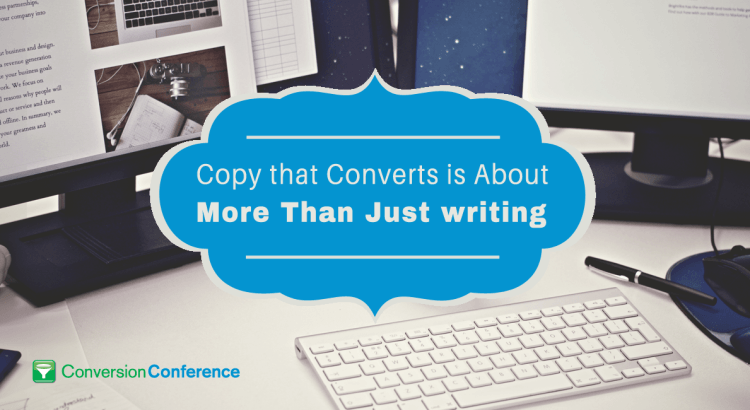Whether you design mobile apps, make chimichangas or provide investment advisory services, your copy writing always has to start with the same two questions:
- Why is my reader here? Why did he or she click on this website, open this email, download this white paper?
- Now that my reader is here, how can I make the experience of being here so delightful that the reader will consider his quest fulfilled and seek no further (i.e. on someone else’s website)?
You start with those two questions in your mind and you hold them there the whole time you’re creating copy. You start every paragraph and edit every version with those two questions floating in the front of your brain.
That seems pretty simple, right? It’s a little more complicated than that—which explains why really great content stands out in all the millions of bytes of content out there.
Sometimes you’re in a situation where instead of one inspired, customer focused copy writer, you have a committee. In the worst scenario, you have a committee in a culture where kissing up is expected and the top level kissers have to kiss up to really old institutional practices. These august bodies do not write quick, responsive copy. They write heavy copy full of venerated jargon. The last time they read anything about writing for the web, they learned about Search Engine Optimization and their content is so full of keywords it looks like it was assaulted by an automatic weapon that shoots the same five words, over and over.
Missed Conversion Conference Las Vegas 2016?
You can still catch up on the latest conversion-boosting strategies from CRO experts.
Watch All 40+ Sessions on Video!
It is very difficult to get this kind of group to pay any attention to the two questions that must be asked repeatedly of every piece of copy. But you must try.
Show them evidence by experts like Joe Pulizzi of the Content Marketing Institute or Bryan and Jeffrey Eisenberg, authors of Call to Action about the scientific work supporting the power of conversion writing. Focus on the benefits to the company. This is your only hope.
First you must convince them to answer the first question: “Why is my reader here?” and then you must make an even more difficult case. You must get them to answer the question “How can I make my reader’s experience delightful?”
The tricky part about this is that the only way to make your content experience a delightful conversion experience is to write in Human. To write the way people think. Those heavy, jargony, SEO-laden sentences are not how people think or speak. Words like “leverage your capabilities” and “utilize your CMS to maximize benefits” or “experience of a lifetime.” These are not things normal people say. These are words used almost exclusively in content that’s trying to make you do something you may not want to do. As such, your brain rejects these words. These words are like oil to water. They slide over the brain and out the ears with no impact.
A delightful experience connects with people on an emotional level. Not sappy, but human.
So here’s the thing. Next time you’re creating a piece of copy for your business, pretend you’re telling some people about in conversation and that you’re doing it on one of those days you have a lot of passion about what you do.
Write what you’d say. Nuke any unnecessary jargon, any overused ad words or anything that would make you shut down if it was in someone else’s copy.
What you’ll wind up with is a piece of copy much more likely to hook people who click on your content and turn readers into buyers.
About the Author
Brian  Massey is the Conversion Scientist at Conversion Sciences and he has the lab coat to prove it. His rare combination of interests, experience and neuroses was developed over almost 20 years as a computer programmer, entrepreneur, corporate marketer, national speaker and writer. Conversion Sciences was founded to fill the Web with helpful, engaging and entertaining online Web sites that convert visitors into leads and sales. The company has helped dozens of businesses transform their sites through a steady diet of visitor profiling, purposeful content, analytics and testing. “There are places on the Web that make you feel like they were built just for you,” he says. “Is yours one of these? It could be.
Massey is the Conversion Scientist at Conversion Sciences and he has the lab coat to prove it. His rare combination of interests, experience and neuroses was developed over almost 20 years as a computer programmer, entrepreneur, corporate marketer, national speaker and writer. Conversion Sciences was founded to fill the Web with helpful, engaging and entertaining online Web sites that convert visitors into leads and sales. The company has helped dozens of businesses transform their sites through a steady diet of visitor profiling, purposeful content, analytics and testing. “There are places on the Web that make you feel like they were built just for you,” he says. “Is yours one of these? It could be.

 717 798 3495
717 798 3495




Good points – but how can you write a piece of copy on good copywriting without using a single subheadline in such a long text…?